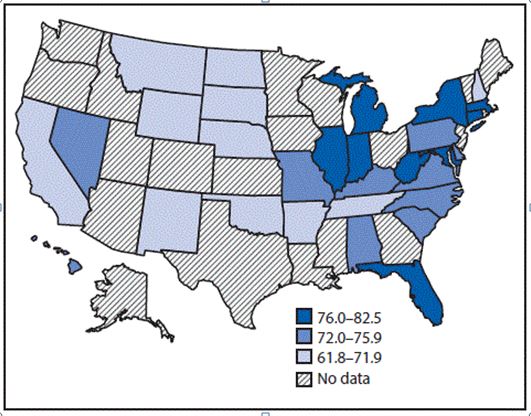
Another article appeared showing the physical and mental/developmental effects of too little sleep for all of us, but especially kids. Sleep Organizations are pushing for later start times for school based on the growing body of evidence “short sleep” is affecting health.
Parents can model better sleep habits and set some simple guidelines for their children’s sleep, such as a media curfew and a central place all devices are kept overnight.
Our children aren’t getting enough sleep and it will affect their school performance and health. Between sports after school, homework and having to get up early – middle school and high school kids are sleep deprived. Another significant factor is access to social media in their bedrooms that can keep them up late.
This study re-iterated the known physical and mental health effects of insufficient sleep. Brain development up through late teen years and processing of the day’s learning requires hours of time every night or, every few nights on a consistent basis. This ensures the body has proper sleep staging for growth and repair of the body itself, the brain also needs specific time and sleep staging to process that days input, link it to other data, and process emotional input.
Prevalence of short sleep duration* on an average school night among high school students, by state — Youth Risk Behavior Survey, 2015
Insufficient sleep among children and adolescents is associated with increased risk for obesity, diabetes, injuries, poor mental health, attention and behavior problems, and poor academic performance. The American Academy of Sleep Medicine has recommended that, for optimal health:
Children aged 6–12 years should regularly sleep 9–12 hours per 24 hours.
Teens aged 13–18 years should sleep 8–10 hours per 24 hours.
CDC analyzed data from the 2015 national, state, and large urban school district Youth Risk Behavior Surveys (YRBSs) to determine the prevalence of short sleep duration among middle school students was 57.8%, with state-level estimates ranging from 50.2% (New Mexico) to 64.7% (Kentucky). The prevalence of short sleep duration among high school students in the national YRBS was 72.7%.
To ensure their children get enough sleep, parents can support the practice of good sleep habits. One important habit is maintaining a consistent sleep schedule during the school week and weekends. Parent-set bedtimes have been linked to getting enough sleep among adolescents.
Evening light exposure and technology use are also associated with less sleep among adolescents. Parents can limit children’s permitted use of electronic devices in terms of time (e.g., only before a specific time, sometimes referred to as a “media curfew”) and place (e.g., not in their child’s bedroom).
Other tips for better sleep are available at https://www.cdc.gov/sleep/about_sleep/sleep_hygiene.html.
Wheaton AG, Jones SE, Cooper AC, Croft JB. Short Sleep Duration Among Middle School and High School Students — United States, 2015. MMWR Morb Mortal Wkly Rep 2018;67:85–90. DOI: http://dx.doi.org/10.15585/mmwr.mm6703a1




